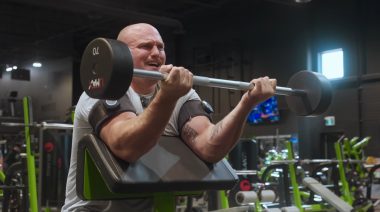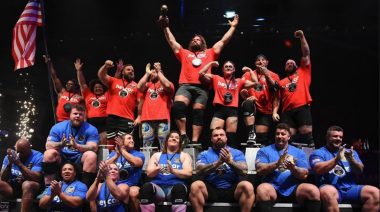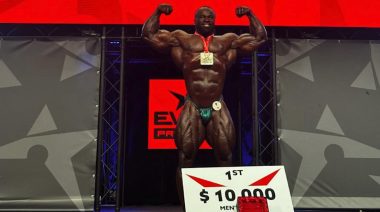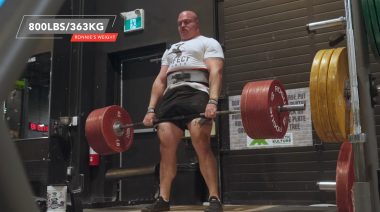On July 21, 2022, weightlifter Kate Vibert announced that she had torn a meniscus during a training session in an Instagram post. Meniscuses are pieces of cartilage in people’s knees that function as shock absorbers between the shin and thighbone and help stabilize knees. The athlete did not disclose how her injury happened, which meniscus she tore, or what lift she performed. She only said that she knew something was wrong immediately after a rep.
That feel when you know you have to tell your coach you’re 99 percent sure you just tore your meniscus. (Spoiler alert: I was correct.)
As a result of her injury, Vibert says she will forgo competing in the 2022 Pan-American Championships, which will take place on July 24-July 29 in Bogotá, Colombia.
View this post on Instagram
[Related: Weightlifter Kate Vibert Scores 162-Kilogram (356-Pound) Front Squat PR]
Vibert is one of Team USA weightlifting’s biggest stars. With a silver medal at the 2020 Tokyo Olympic games and a couple of American Records on the snatch (112 kilograms/246.9 pounds) and total (248 kilograms/546.7 pounds) in the 71-kilogram division — Vibert usually submits a stellar performance of strength for the Americans. Unfortunately, she’ll have to sit on the sideline for some time as she recovers from her knee injury.
Expected Recovery
In the caption of her Instagram post, Vibert didn’t seem too concerned about any lasting, negative effects of her meniscus injury. After a pending surgery, she appears ready to move forward as fast as possible.
“Awaiting a partial meniscectomy surgery sometime in the next week or two, I got about a 50 percent removal from the looks of it,” Vibert wrote. “Obviously, I’ll have to sit out from PanAms, but all things considered, I am confident I’ll be back to lifting in the next month or two. It was a scary few days navigating options, but I’m happy with my decision and excited to get back in the gym and recover as soon as possible.”
Based on a December 2016 study, Vibert’s total recovery from her meniscus tear could vary in time. In said study, the mean recovery period for the approximately 500 meniscus patients was around five weeks. Complete healing with no underlying issues usually took about three months. (1)
Unless otherwise noted, these patients were not world-class weightlifters like Vibert. The severity and degrees of tears also play a factor. That doesn’t necessarily mean Vibert will recover faster from her reported 50 percent meniscus tear, but it might offer a leg up given her established high-level conditioning.
View this post on Instagram
[Related: The Best Sled Workouts For Muscle, Strength, Fat Loss, And Recovery]
Vibert’s Future
Depending on how her recovery from her meniscus tear and surgery goes, Vibert’s absence from the competitive weightlifting scene might not last long. A contest that could line up with Vibert’s timeline is the 2022 International Weightlifting Federation (IWF) World Championships.
The exact date for that competition isn’t confirmed but will occur this fall in Bogotá, Colombia. At the time of this writing, the IWF calendar has the World Championships slated for December 1-17, 2022. Notably, Vibert hasn’t participated in this contest since a gold medal result in the 71-kilogram division during the 2019 edition.
Vibert may also elect to focus on her recovery entirely while retaining aspects like her leg and shoulder strength. The athlete has centered her long-term ambitions on the 2024 Olympic Games in Paris. Those are still roughly two years away, but qualifications will begin to ramp up soon. Notably, with the International Olympic Committee (IOC) electing not to include Vibert’s recent 76-kilogram weight class at these Olympics, she has said over social media that she’d compete at her past division of 71 kilograms.
There’s a long road ahead for one of the United States’ top weightlifters. Given Vibert’s track record, she’s likely preparing for the long haul.
References
- Pihl, K. et al. (2016). Over-optimistic patient expectations of recovery and leisure activities after arthroscopic meniscus surgery. Acta Orthopaedica. 2016 Dec 87 (6): 615-621.
Featured image: @katevibert on Instagram






